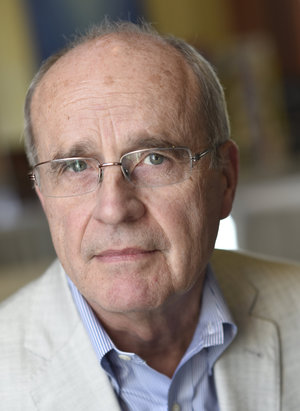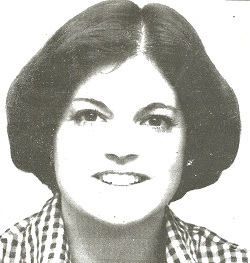Out-of-Pocket Costs for Neurology Drugs Rise Sharply
/By Pat Anson, PNN Editor
Out-of-pockets costs for medications to treat multiple sclerosis, peripheral neuropathy and other neurologic conditions rose sharply over 12 years, according to a new study that found the average monthly cost to patients for MS drugs rose nearly 2,000 percent.
One in six people lives with a neurologic disease or disorder, according to the American Academy of Neurology. The annual cost of treating neurologic disorders in the United States is more than $500 billion.
“With many new, high-priced neurologic drugs coming to market and a recent rise in use of high-deductible insurance plans, which shift costs to patients, it is likely out-of-pocket costs will continue to increase,” said lead author Brian Callaghan, MD, of the University of Michigan in Ann Arbor.
The study was published online in the journal Neurology.
Callaghan and his colleagues examined out-of-pocket costs for over 912,000 people with MS, neuropathy, epilepsy, dementia or Parkinson’s disease who were privately insured from 2004 to 2016.
Researchers found that out-of-pocket costs for MS drugs showed the steepest monthly increase. Patients paid an average of $309 a month in 2016, compared to just $15 in 2004. Costs for MS patients in high-deductible health plans were even higher, averaging $661 per month or nearly $8,000 a year.
Co-pays and deductibles for brand name medications for neuropathy, dementia and Parkinson’s disease also rose considerably.
“Everyone deserves affordable access to the medications that will be most beneficial, but if the drugs are too expensive, people may simply not take them, possibly leading to medical complications and higher costs later,” said Ralph Sacco, MD, President of the American Academy of Neurology.
Researchers said neurologists and other physicians usually do not know the cost of drugs they prescribe, so they don’t discuss alternative medications based on a patient’s disease, insurance plan, pharmacy and deductible.
“Out-of-pocket costs have risen to the point where neurologists should be able to consider the potential financial burden for the patient when prescribing medication, but they do not have this information available to them,” Callaghan said. “Neurologists need access to precise cost information for these drugs in the clinic so when they meet with patients to make treatment decisions, they can help minimize the financial burden.”
Even when a generic version of a drug becomes available, it can take years for out-of-pocket costs to drop substantially. It took five years for out-of-pocket costs for gabapentin, for example, to drop to those of other tricyclic anti-depressants after gabapentin went generic in 2004.
A 2015 study found an “alarming” increase in costs for MS drugs and suggested the price increases were coordinated by drug companies.



























